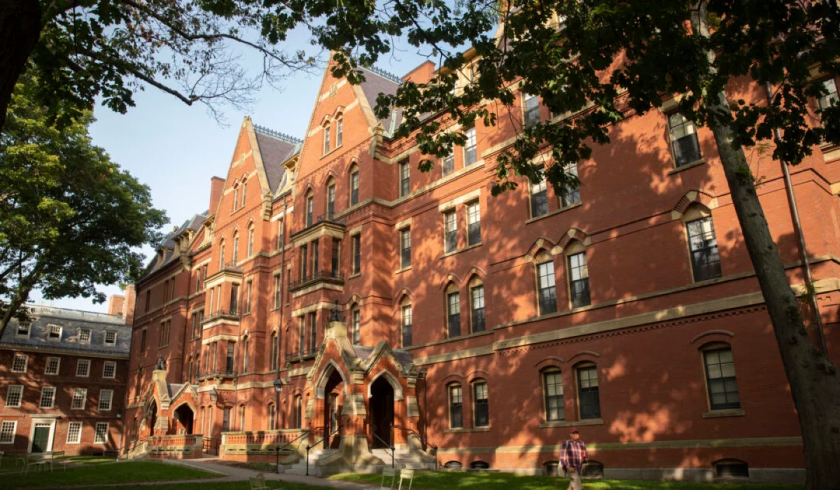Ancient Rome was one of the most significant civilizations in human history, and its impact on the modern world is undeniable. The United States of America, in particular, has a rich history closely intertwined with that of ancient Rome. This article will explore how ancient Rome influenced the foundations of America.
Republicanism and Democracy

The Roman concept of republicanism has highly influenced the American systems of government — a government in which citizens have a voice in the decision-making process. Famous historian Gordon S. Wood writes, “The Roman Republic was the model of a virtuous republic in which citizens acted for the common good, and it was the model that American patriots looked to as they established their republic.”
The Roman’s emphasis on civic duty was incorporated into American political thought. Figures such as Thomas Jefferson and Benjamin Franklin emphasized that the citizens participating in the political process are a fundamental tenet of both republicanism and democracy.
Law and Justice

Many aspects of Roman law, such as the right to a fair trial and the presumption of innocence, are deeply ingrained in American legal culture. As historian David Brion Davis writes, “The Roman conception of the rule of law, in which even the most powerful individuals were subject to the law, was a key influence on the American legal system.”
The use of Latin legal terms, such as habeas corpus and pro bono, is also a testament to the influence of Roman law on the American legal system.
Symbols and Institutions

The United States Supreme Court was modeled after the Roman Republic’s system of magistrates. Justices of the Supreme Court are appointed for life, similar to Roman magistrates’ appointments.
Literature and Language

Latin, the official language of the Roman Empire, has significantly influenced the English language. Many Latin words and expressions are frequently used, especially in law, science, and health. For example, the term “quid pro quo” is commonly used in legal contexts to represent an exchange of goods or services for something else, and the phrase “et cetera” is frequently used in everyday speech to denote “and so on.”
American writers have long studied and admired the writings of Roman authors like Virgil, Ovid, Horace, and Cicero. Walt Whiteman and Herman Melville’s poetic themes of national identity and sacrifice resonate with Virgil’s Aeneid.
Architecture and Design

Ancient Rome had a significant impact on the architecture and design of America, particularly during the Neoclassical period of the late 18th and early 19th centuries. This style of architecture was characterized by its use of classical motifs and proportions, drawing heavily on the architectural styles of ancient Greece and Rome.

The United States Capitol building, completed in 1800, was designed to resemble a Roman temple. Its dome, the most iconic feature of the building, is modeled after the Pantheon in Rome.

The Lincoln Memorial, built in 1922, is also based on the architecture of ancient Rome. It features 36 Doric columns commonly used in ancient Greek and Roman architecture.
Other than that, the White House, Central Park, Boston Public Garden, Supreme Court Building, and Jefferson Memorial also reflect Roman architecture.
Education

Roman education inspired American educational reformer Horace Mann, who advocated for establishing a public education system that would offer a fundamental education to all kids, regardless of their social status or upbringing.
During the colonial era, the United States adopted the Roman classical educational system, which remained a pillar of American education until the early 20th century.

Harvard University, founded in 1636, was deeply influenced by the classical education system of the Romans. Princeton, Columbia, and the University of Virginia were also modeled after the ancient Roman education system.
Conclusion
Despite the many differences between the cultures of ancient Rome and contemporary America, it is evident that Rome’s influence is still felt in modern-day America. By studying the past and comprehending its impact on the current society, we can better appreciate the rich history and culture that have shaped the modern world.

